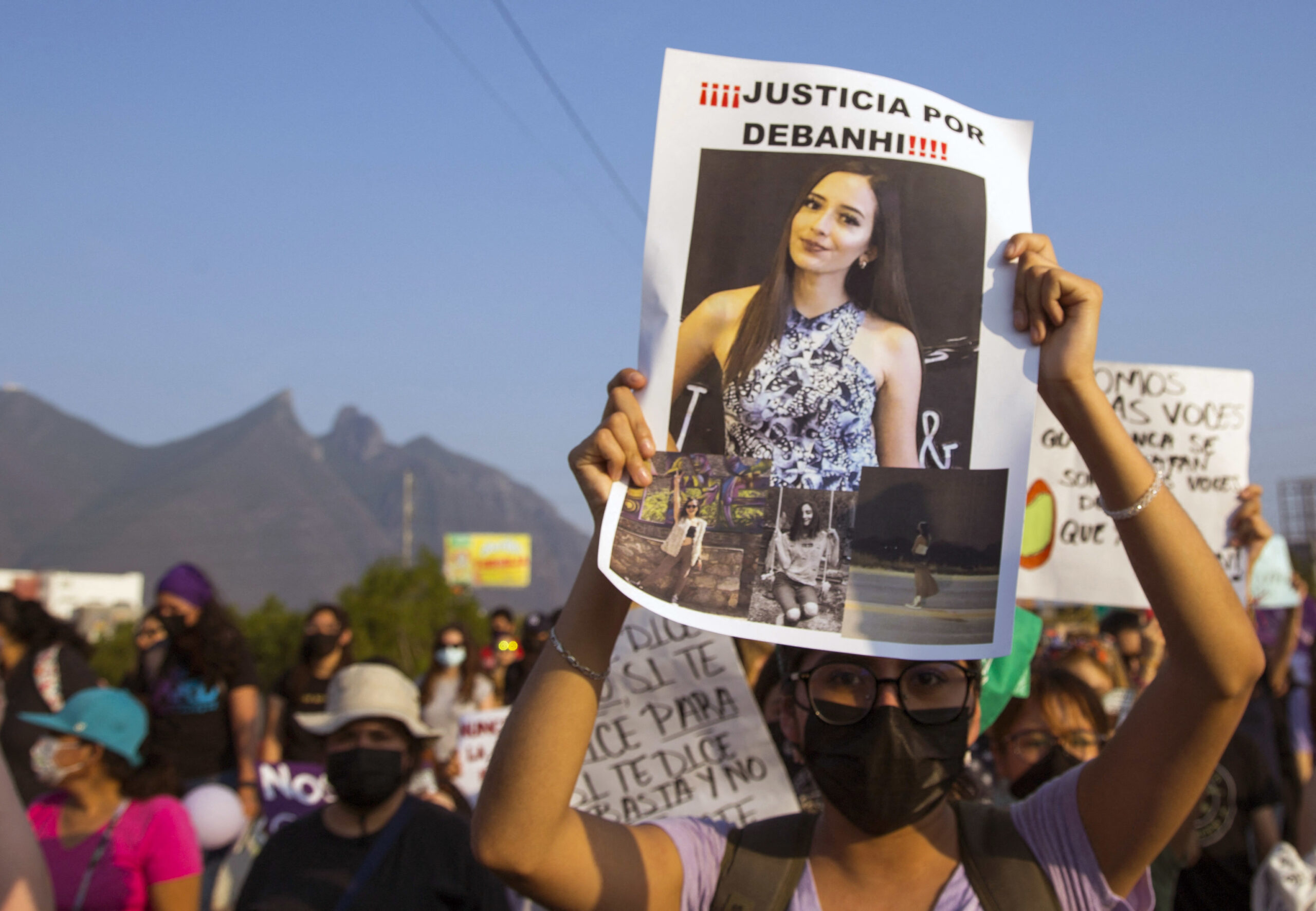The parents of Debanhi Escobar, found dead in Mexico after spending 12 days missing, met yesterday with President Andrés Manuel López Obrador who promised them justice after learning of a private autopsy indicating that the young woman was raped and murdered. “I spoke with them and made a commitment to help clarify what happened and to ensure that there is no impunity,” said the president on a visit to the city of Monterrey (state of Nuevo León, north), where the incident occurred. They are “very good people, a teacher, his wife, and as parents they are very hurt, broken,” López Obrador added during his usual morning conference on the meeting with Mario Escobar and Dolores Bazaldúa.
According to an autopsy contracted by the family, the body of Debanhi, 18, “showed signs of sexual violence” and died “before his body was introduced or thrown” into the water tank of a motel where he was found on 21 March. April, said the Spanish newspaper El País, which had access to the document. “This is a violent homicidal death,” says the report quoted by the newspaper. The publication details that Debanhi’s family delivered the forensic report to the state prosecutor’s office on May 2.
After the appointment with López Obrador, the parents of the law student will also meet this Friday with representatives of the Nuevo León prosecutor’s office; the state governor, Samuel García, and with the undersecretary of Federal Security, Ricardo Mejía, to meet their demands and learn about the progress of the case
After the study was released, Debanhi’s father accused the Nuevo León prosecutor’s office of “leaking” the document to the press and asked for the resignation of the heads of this institution.
“I demand that if the prosecutor or the deputy prosecutor are leaking that information, I want their head, that they leave and get out of here,” Escobar said Thursday night on the YouTube channel he opened to report on the case. The incessant media coverage around the event, with videos, interviews with people linked and dissemination of all kinds of theories on social networks and variety shows, have contributed to “frivolizing” it and turning it into a “media spectacle”, according to analysts consulted by the AFP.
The report details that Debanhi’s body “shows traces of a violent and recent vaginal sexual intercourse” and that this “is deduced from having found violaceous ecchymoses and bruises” in the outer area of the genitals, the journalistic note refers. The official autopsy does not mention or analyze possible signs of sexual violence on Debanhi’s body, points out El País.
The document coincides with the first autopsy in which the cause of death was an “intercranial hemorrhage”, but details that the young woman has several head injuries and not just one as the official report suggests, the newspaper highlights. This pertinacity has not been disseminated in its entirety.
“The craniofacial contusions are of external origin to the body and because they are intense, repeated and with different angles of impact, it follows that they were caused by another person and that it is a violent homicidal death,” the report details, according to El País.
The death of the young woman is investigated as a crime of femicide, after originally registering as a disappearance, and “there has been an insistence” on “the approval of a single opinion” based on the two studies, Undersecretary Mejía said Friday. The case sparked unusual interest in Mexico, where the femicide crisis dates back to the 1990s and hits poor women especially hard. In the country, an average of ten women are murdered daily and many of these cases correspond to gender violence, according to official figures. Experts believe that the death of Debanhi, a middle-class university student, brought this experience closer to more favored social sectors, generating a greater impact and pressure
Conforms to The Trust Project criteria
















